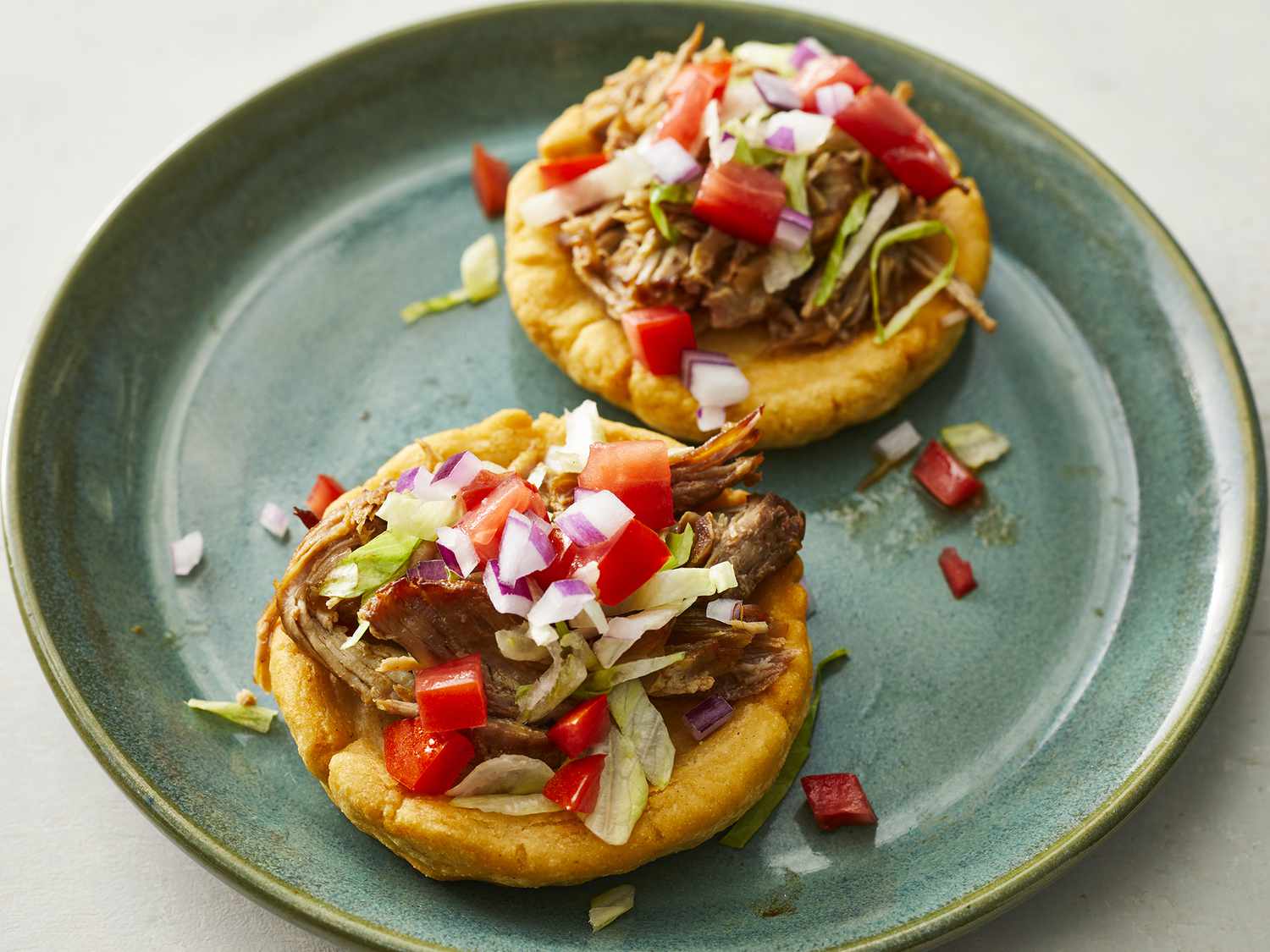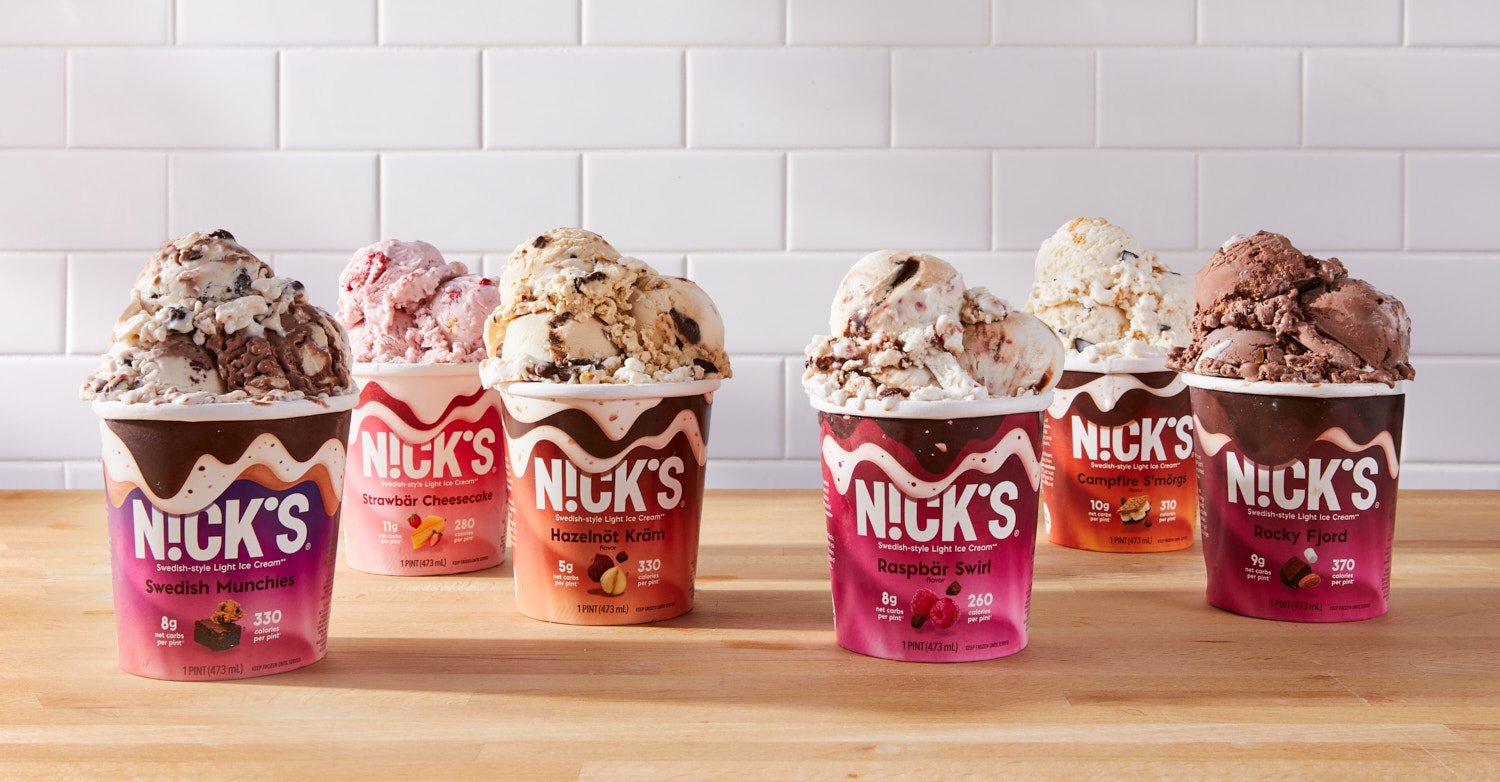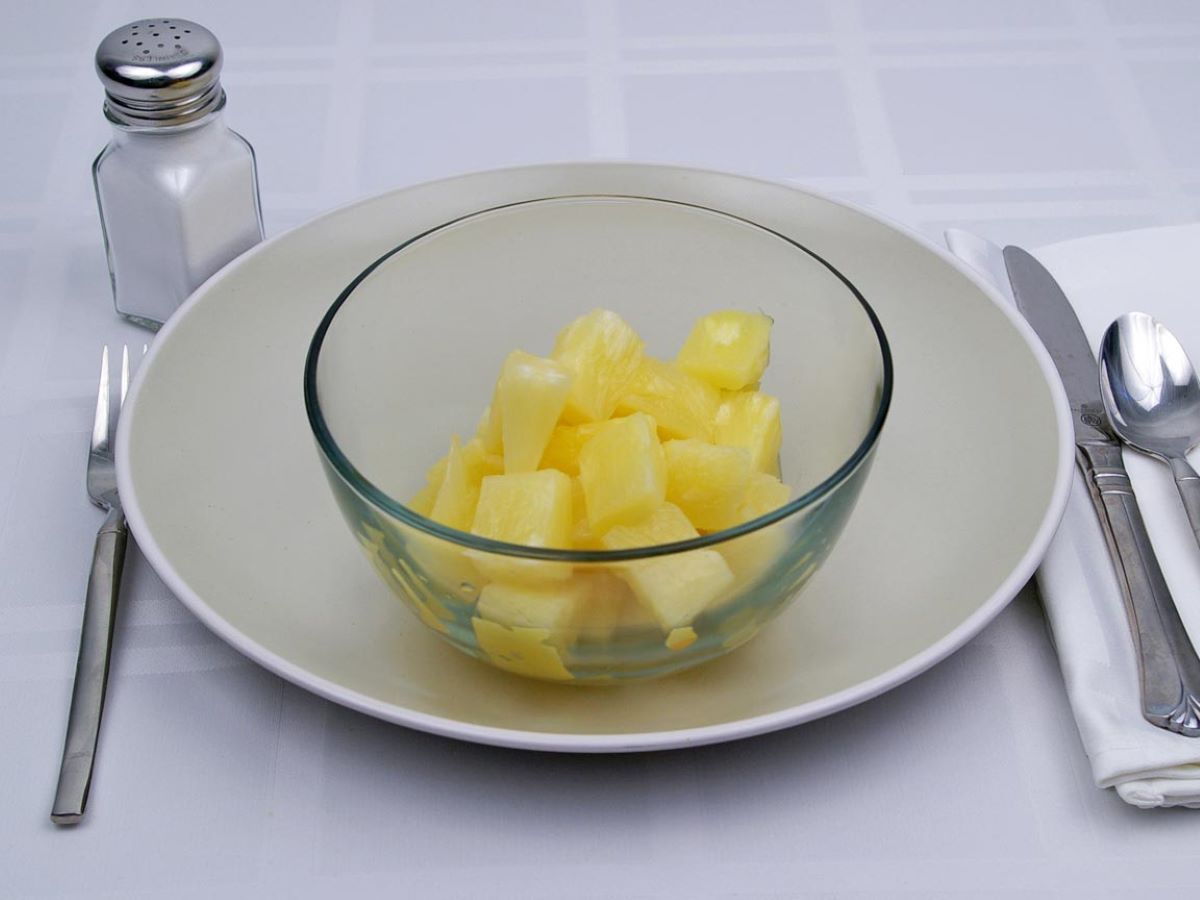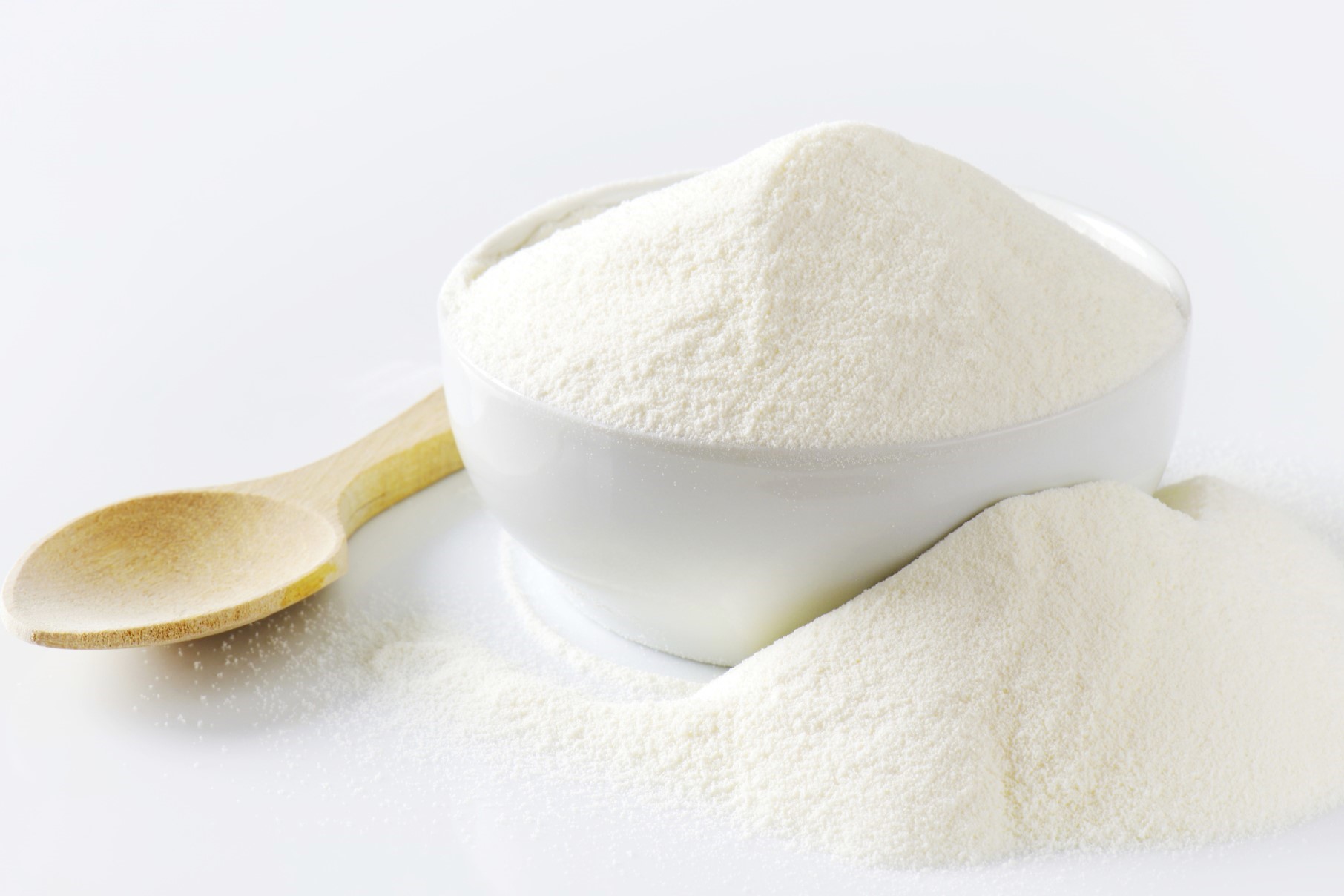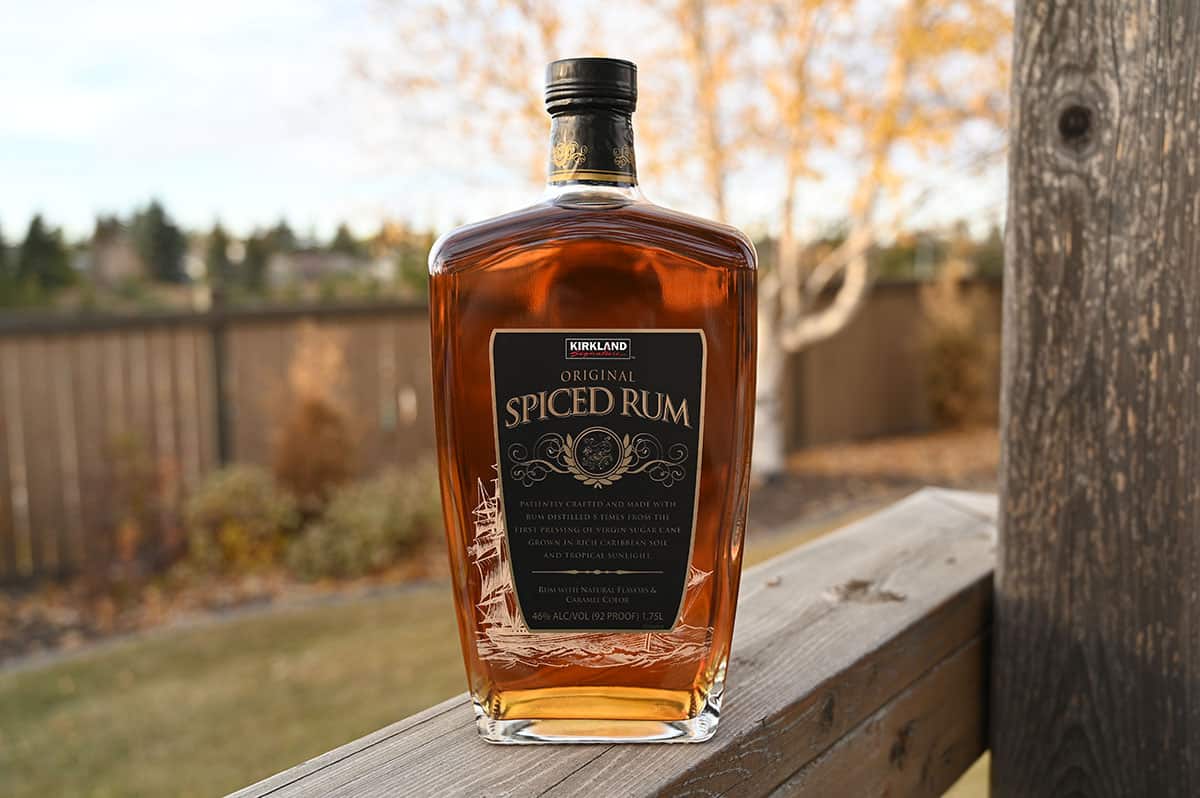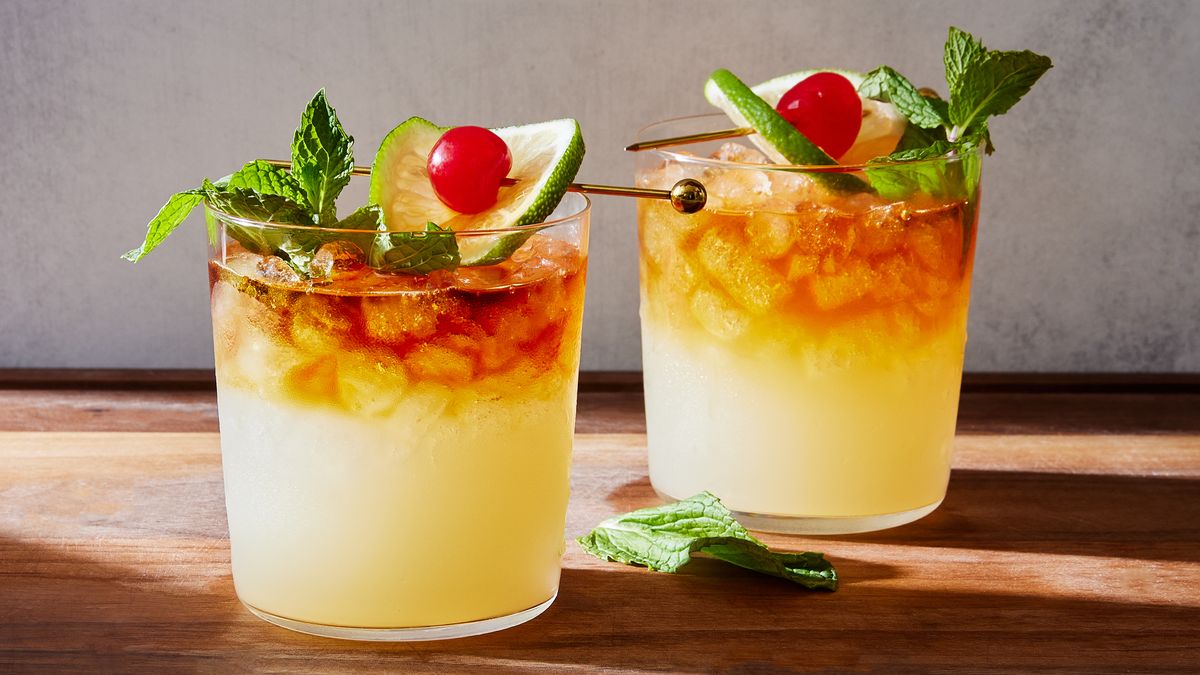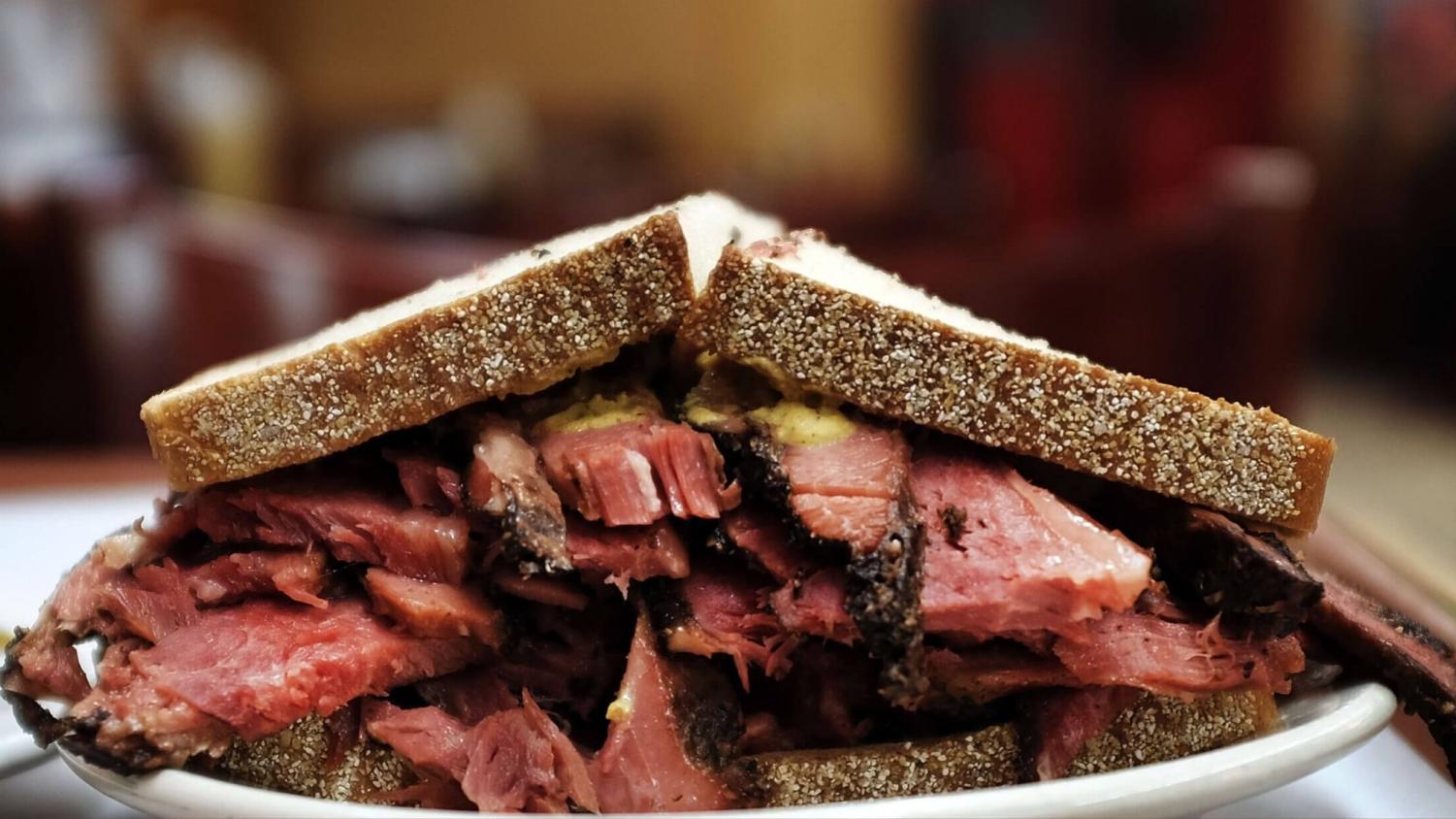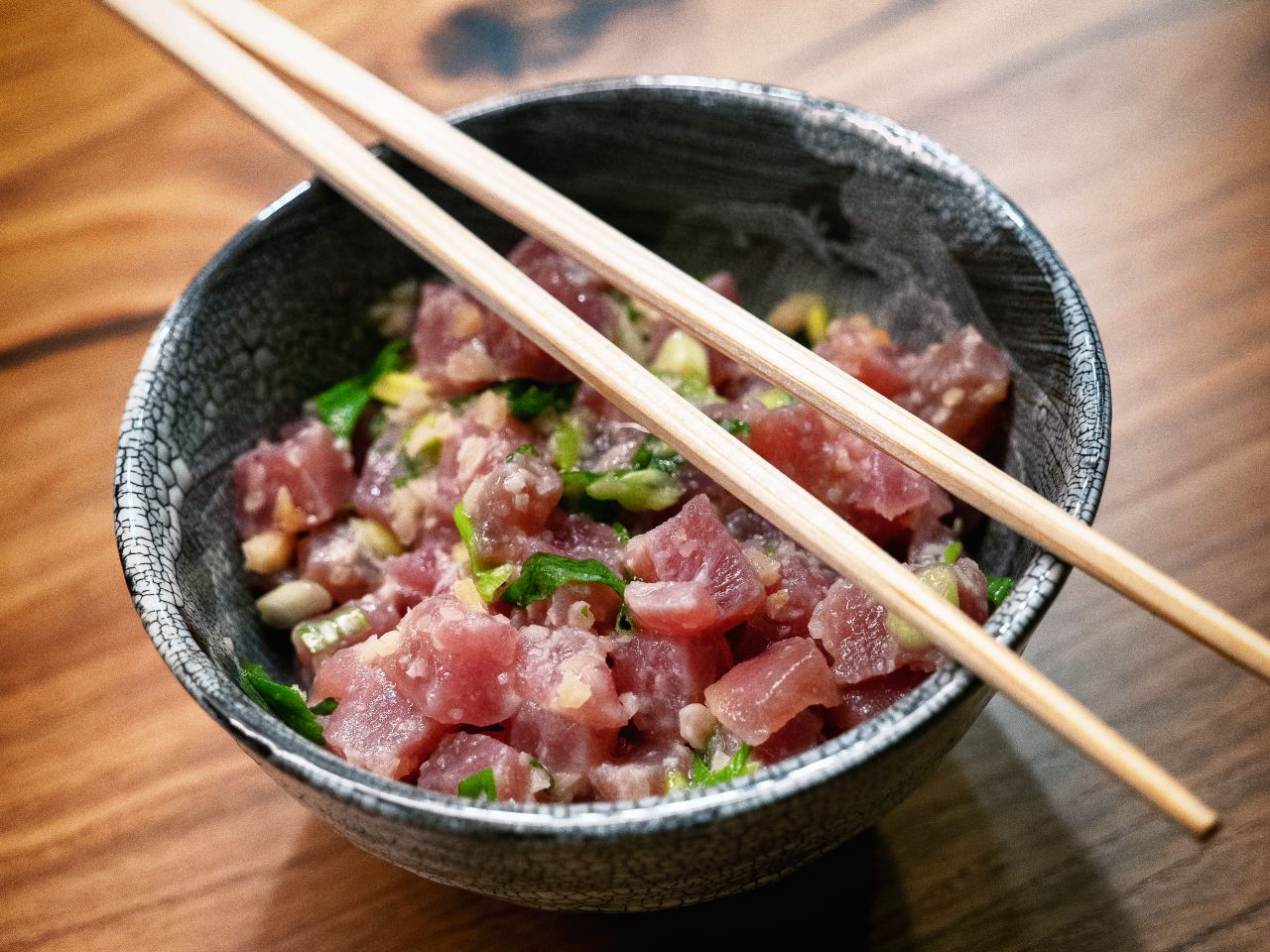Black Forest flavor is a distinctive combination of rich chocolate, tart cherries, creamy whipped textures, and a subtle infusion of cherry brandy, often associated with the iconic Black Forest Cake. This flavor profile harmoniously balances sweetness, tartness, and depth, creating a sensory experience that stands out in the culinary world.
The Origins of Black Forest Flavor
The flavor is inspired by the traditional German dessert, Black Forest Cake (Schwarzwälder Kirschtorte), named after the Black Forest region in Germany. This area is renowned for its sour cherries and Kirsch, a cherry brandy integral to the recipe. The cake’s layered design reflects the region’s culinary heritage and its abundant use of local ingredients.
Key Components of Black Forest Flavor
To understand Black Forest flavor, it’s vital to break down its essential elements. Each component contributes uniquely to the overall taste:
1. Chocolate Sponge Cake
- A rich, dark chocolate sponge forms the foundation.
- Traditionally made without leavening agents, relying on whipped eggs for a light texture.
- Cake layers are often moistened with cherry syrup or Kirsch to retain moisture and enhance flavor.
2. Sour Cherries
- Sour cherries, often Morello cherries, are central to the flavor.
- These cherries provide the tartness that cuts through the richness of the chocolate.
- They are typically soaked in Kirsch or a sweetened cherry syrup before being layered in the dessert.
3. Kirsch (Cherry Brandy)
- A clear, potent cherry brandy, Kirsch adds a sophisticated edge.
- Used to soak cake layers and sometimes incorporated into whipped cream or fillings.
- Authentic recipes often specify Kirsch from the Black Forest region.
4. Whipped Cream
- Light, airy whipped cream balances the richness of the chocolate and the tartness of the cherries.
- Commonly used as a filling and topping, adding a creamy texture to the dessert.
Flavor Profile
The hallmark of Black Forest flavor lies in its balance of contrasting elements:
- Richness: Delivered by the dark chocolate base.
- Tartness: Provided by the cherries, ensuring the flavor is not overly sweet.
- Creaminess: From the whipped cream, creating a velvety texture.
- Depth: A subtle alcoholic note from Kirsch, elevating the overall complexity.
This blend makes Black Forest flavor versatile and appealing, catering to both dessert purists and those seeking innovative variations.
Cultural Significance
Black Forest Cake has transcended its origins to become an international favorite. It is a symbol of German culinary excellence and is celebrated for its unique blend of local ingredients. The cake is often featured in celebrations, reflecting its status as a dessert for special occasions. Its popularity has inspired countless adaptations, from cupcakes to ice creams, each retaining the signature Black Forest flavor.
Uses of Black Forest Flavor in Modern Desserts
The versatility of Black Forest flavor has made it a favorite across various dessert categories. Here are some popular ways it is incorporated:
1. Cakes and Cupcakes
- Traditional layered Black Forest Cake remains a classic.
- Cupcakes offer a bite-sized version, often topped with whipped cream and a cherry.
2. Cheesecakes
- Black Forest flavor infuses the richness of cheesecake with layers of cherries and chocolate.
- Often finished with a drizzle of cherry syrup or chocolate ganache.
3. Ice Creams and Parfaits
- Black Forest ice cream combines chocolate chunks, cherry swirls, and whipped cream ribbons.
- Parfaits layer chocolate mousse, cherry compote, and whipped cream for a visually appealing dessert.
4. Drinks
- Black Forest flavor inspires cocktails and milkshakes, blending chocolate, cherries, and Kirsch for a decadent beverage.
Crafting Black Forest Flavor at Home
Recreating the Black Forest flavor involves attention to detail in combining its core elements. Here are steps to guide you:
Ingredients:
- Dark chocolate or cocoa powder.
- Fresh or canned sour cherries.
- Kirsch or cherry syrup.
- Heavy cream for whipping.
- Sugar and vanilla for flavoring.
Steps:
- Prepare a chocolate sponge cake or use pre-made layers.
- Soak the layers with Kirsch or cherry syrup.
- Layer with whipped cream and cherries, ensuring even distribution.
- Repeat the process for multiple layers, finishing with whipped cream and garnished cherries.
- Shave dark chocolate over the top for decoration.
The Evolution of Black Forest Flavor
While its roots are firmly tied to traditional German desserts, Black Forest flavor has evolved globally. Modern variations often experiment with textures, using elements like brownie bases or mascarpone cheese fillings. Some variations omit alcohol to cater to a broader audience, focusing on the interplay of chocolate and cherry.
Why Black Forest Flavor Stands Out
The distinctiveness of Black Forest flavor lies in its balance. Few flavor combinations manage to integrate richness, tartness, and creaminess so effectively. This versatility has ensured its longevity and continued popularity in the culinary world.
In every bite, Black Forest flavor captures the essence of its German heritage while offering endless possibilities for innovation.
Was this page helpful?
Read Next: What Is Oriental Chicken?
Abby Marcelino
Abby is a writer, editor, and a fan of ASMR mukbang and cooking videos. Her family has been in the food industry for years and she has been working for their business as a part-time quality assurance officer and content creator. She is addicted to all things dairy and carbs, most especially cheese and bread.
